Combat Models 1/32 Ta 152
By Erik Mark
Ta 152 of JG 301 April 1945
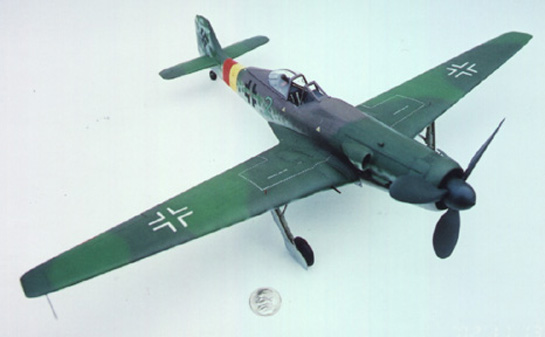
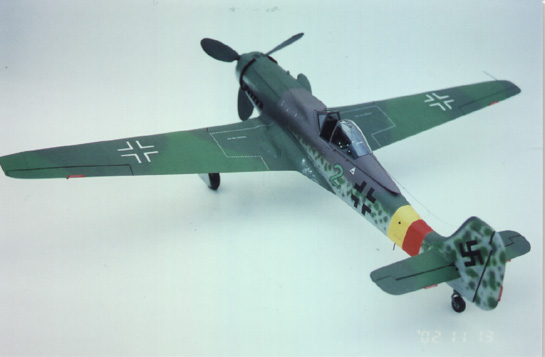
This vac. form model was started along with two Fw 190 Doras. The idea was to do any converting or scratchbuilding at the same time. This idea carried over to the first of the three to be finished, the D-11. This is my first vac. kit, and I dare say my last (spoken as I look over my He 219, and Do 335). Next time it could be different, I now have J. Rutman improvement sets to save me from insanity. Speaking of J. Rutman, I did get to use his windscreen set, and inner gear doors, but the rest I had already made myself (I strongly advise the purchase of his Ta 152 kit, if you want to add one of these planes to your collection). I also learned about mold making, pouring resin, and vac. forming canopies. I incorporated Eduard P.E. where possible, and realized it's not that hard to shape your own parts. To make such things as intake, cowl and flaps, prop, and wheels, I studied photos, and the smaller 1/48 stuff.


In the cockpit I made the dome shaped pressure panels for the floor, used True details resin seat, and made the gunsight from clear resin (so light will shine through from underneath). the instrument panel is modified Eduard P.E., and the headrest was scratchbuilt. In the wings, I assembled the halves, and slid strips of plastic with proper taper inside to act as spars, and reinforce them. When mating the fuselage I added plastic doublers along the inside edge of one side, to strengthen the seam when joined. I filled all the given panel lines with super glue, sanded the entire surface, and rescribed everything using line drawings from books, and 1/48 kit directions. Any additional bumps, and reshaping was also done with super glue.
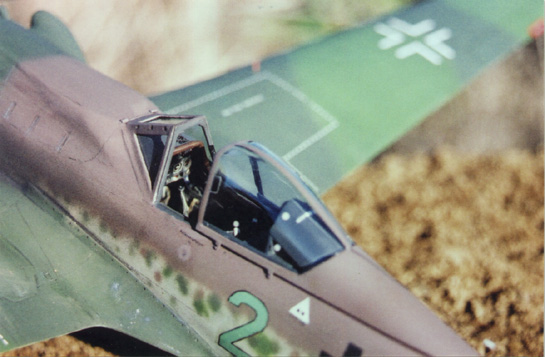
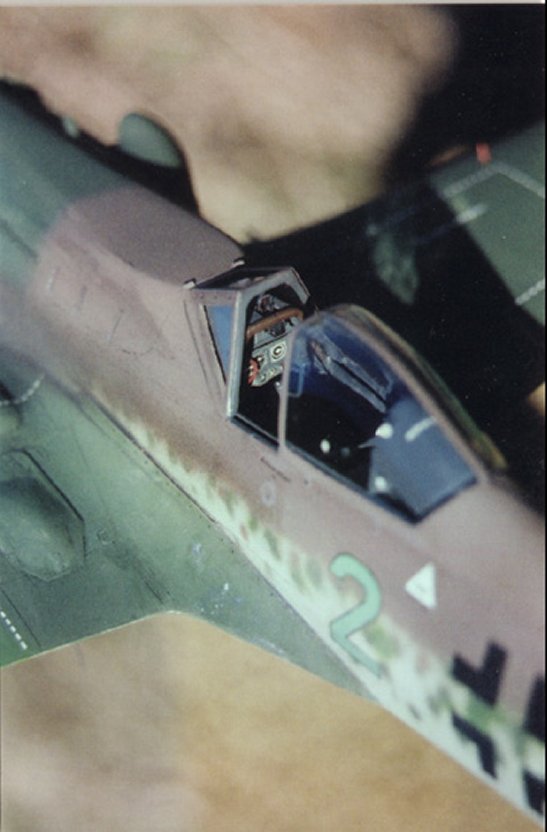
When approaching the paint stage, I had to decide which tail number to do. The Combat models kit had come with a few national markings, and some mis-registered yellow "2"s. I could not find any specific reference to this aircraft, except for a side shot of it at the end of a row of them (only use was to show it existed). I was told by Jerry Crandall of Eagle Editions two things about "2". First, that when JG 301 was moved to another location, they changed their number colors from yellow to green. And when the Americans captured the aircraft, they were noted as having two shades of green on the tops of their wings.
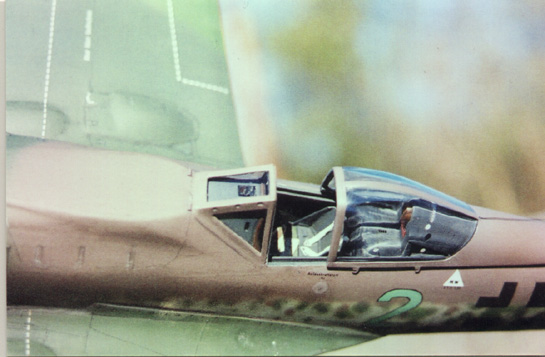
For the defense bands, I did the yellow first in Model Master RLM 04 acrylic. After masking, I applied Red enamel. After masking both, I used Aeromaster acrylics, with an underside of RLM 76, top of RLM 81 late, 82 and 83. After several days of dry time, I checked for flaws, and sealed it with two coats of Future thinned with ammonia. After a few more days of drying, I applied general markings with the Superscale sheet for Fw 190 (but changed the fuel markings, adding a M.W. for the left side). On application, if the Super sol-set combo didn't snuggle the decal within a few minutes, I'd break out the Solvaset (Rolling a moistened Q-tip gently over the decal like a rolling pin to ease out any bubbles). After at least two days, I gently wiped dried decal residue off with a cotton ball and Super sol. To really hide the thicker Combat models decals, I put several more coats of thinned Future on. Then sanded directly over the decal with a fingernail polishing stick to level the future out. After that, I lightly weathered it with acrylic wash, and airbrushed pastels for exhaust (even though these planes weren't heavily weathered, the fuel at the end of the war was prone to heavy fouling). final coat and seal was also with Aeromaster clear flat.
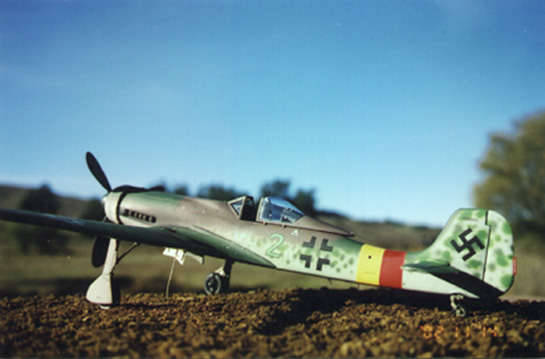
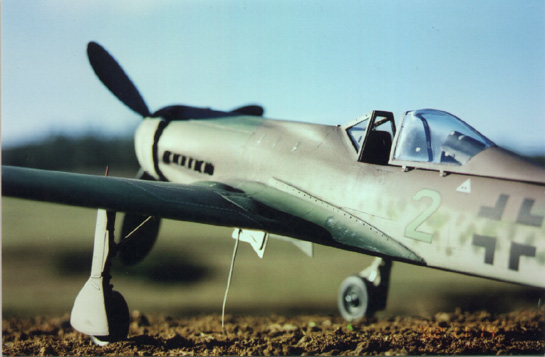
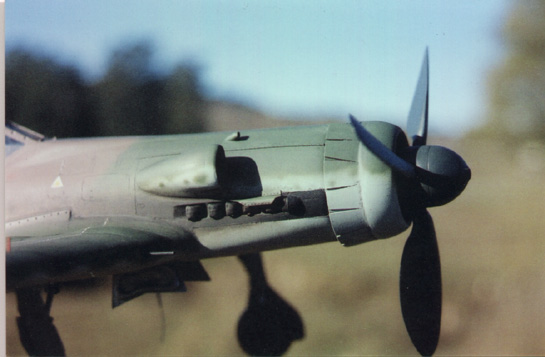
It's nice to have a legend in 1/32 scale in my collection, but I don't see another one parking next to it any time soon (I might make a D-9 from JG 301 though).
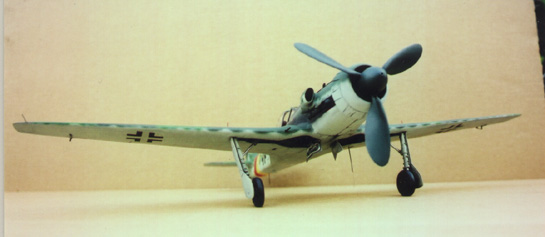
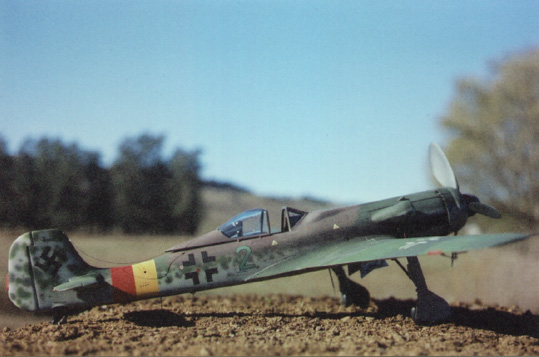
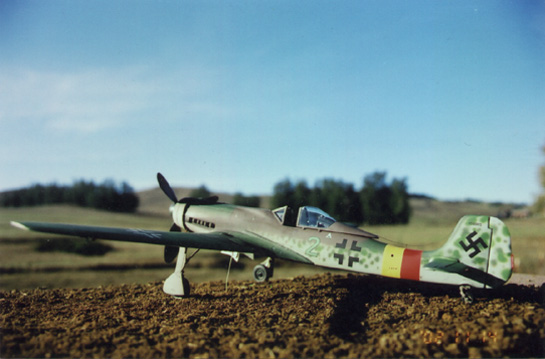
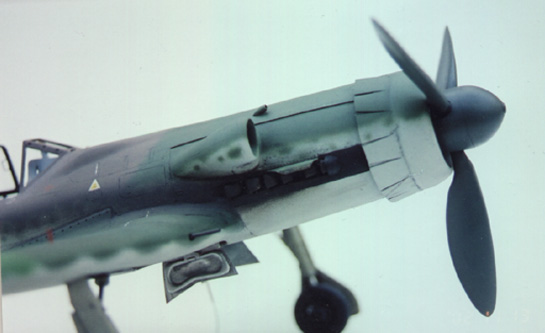
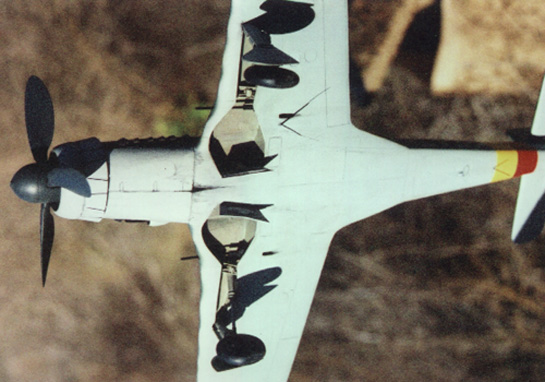
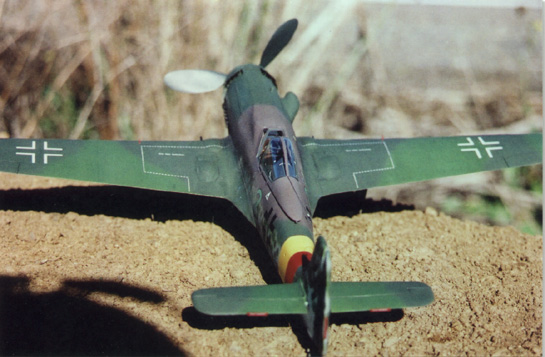
Vac. form models aren't impossible, they just take more work. Sometimes there isn't an option, especially in these scales. But let that determination go the distance, and ask for help when needed, it's out there. Thank you to all that helped me.
© Erik Mark
This article was published on Wednesday, July 20 2011; Last modified on Saturday, May 14 2016
